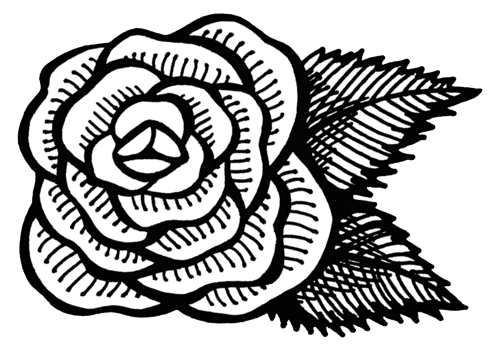| This is the second post in a series of tarot study tips. I’m going card by card through the major arcana to prompt exercises, strategies, and tips for longterm tarot learning. This series is geared mainly towards beginner through intermediate readers, and it’s not meant to be followed in order as a course. Skip around, pick and choose the exercises that appeal most to you, and above all, don’t get overwhelmed or try to tackle everything in one go. For many of us, tarot is a lifelong pursuit and a practice that deepens over time. |
The Hierophant (The High Priest)
Religion & Research.
The Hierophant represents both the Religious Leader and Teacher archetypes. Tarot includes quite a bit of religious iconography, and may be used by practitioners of many different faiths, or no faith at all. Although frequently associated with witchcraft, New Age, and general hocus-pocus, some of the earliest known tarot decks drew heavily on Christian imagery, such as the Visconti-Sforza deck, commissioned by Renaissance-era, Italian nobility. You’ll also find elements from the Kabbalah, various occult movements, and world mythologies in many tarot decks. Some contemporary decks are available with specific religious themes.
Consider tarot imagery through the lens of your own religious background. Flip through your favorite deck and look for symbols and stories that remind you of your own tradition. List three of your favorite religious stories, verses, lessons, or prayers, then flip through the cards and try to match a card or two to the theme of each lesson. Look for resonances between your faith and your cards. Take equal note of dissonances. See anything in your deck that rings heretical? Dig into that in your tarot journal. What can you make of it? Is there anything to learn from it, or do you find a way to work around it?
If you’re secular, agnostic, or atheist you might revisit a mythology reflected in the cards that you can appreciate on a literary level. Go read up on Odin with the Hanged Man in hand. Choose a card with a religious image you’d like to know more about, and research its symbolism and parent tradition from an academic perspective. List three key points of your personal philosophy, then find a card to match each point. Pay attention to any cards that make you feel uncomfortable because of religious iconography. What do you make of them? How can you frame them? How can you learn to work with or around them? (As a queer, feminist, witchy agnostic, I’ve always had trouble clicking with the Hierophant, myself. I find the card much more accessible when I think of the Hierophant as a teacher rather than as a priest.)
The Hierophant represents both the Religious Leader and Teacher archetypes. Tarot includes quite a bit of religious iconography, and may be used by practitioners of many different faiths, or no faith at all. Although frequently associated with witchcraft, New Age, and general hocus-pocus, some of the earliest known tarot decks drew heavily on Christian imagery, such as the Visconti-Sforza deck, commissioned by Renaissance-era, Italian nobility. You’ll also find elements from the Kabbalah, various occult movements, and world mythologies in many tarot decks. Some contemporary decks are available with specific religious themes.
Consider tarot imagery through the lens of your own religious background. Flip through your favorite deck and look for symbols and stories that remind you of your own tradition. List three of your favorite religious stories, verses, lessons, or prayers, then flip through the cards and try to match a card or two to the theme of each lesson. Look for resonances between your faith and your cards. Take equal note of dissonances. See anything in your deck that rings heretical? Dig into that in your tarot journal. What can you make of it? Is there anything to learn from it, or do you find a way to work around it?
If you’re secular, agnostic, or atheist you might revisit a mythology reflected in the cards that you can appreciate on a literary level. Go read up on Odin with the Hanged Man in hand. Choose a card with a religious image you’d like to know more about, and research its symbolism and parent tradition from an academic perspective. List three key points of your personal philosophy, then find a card to match each point. Pay attention to any cards that make you feel uncomfortable because of religious iconography. What do you make of them? How can you frame them? How can you learn to work with or around them? (As a queer, feminist, witchy agnostic, I’ve always had trouble clicking with the Hierophant, myself. I find the card much more accessible when I think of the Hierophant as a teacher rather than as a priest.)
The Lovers
Connection & Partnership. Study With a Buddy.
The tarot Lovers card deals with romantic love, partnership (romantic or platonic), and human connection.
Find a friend to practice tarot with. Partner up with a buddy and trade readings. Learning is more fun with friends. If no one in your social circle is into the woo arts, join an online community and connect with other budding tarotists.
If you do decide to take up tarot with a romantic partner, that is beautiful. When it’s time to exchange readings, though, tread with caution and agree in advance to take your first readings with a grain of salt. As with any art, you’re liable to suck at card reading before you get good at it. As beginners, we can get so swept up in trying to remember symbols and meanings, or opening up to psychic messages, that we forget all about little things like delivery and tact. I’ve certainly been there. Don’t get discouraged. Don’t open with asking the cards about the future of your relationship. Above all, don’t let a botched reading get between you and your honey. Swapping insights can be as treacherous as swapping fluids if approached carelessly.
The tarot Lovers card deals with romantic love, partnership (romantic or platonic), and human connection.
Find a friend to practice tarot with. Partner up with a buddy and trade readings. Learning is more fun with friends. If no one in your social circle is into the woo arts, join an online community and connect with other budding tarotists.
If you do decide to take up tarot with a romantic partner, that is beautiful. When it’s time to exchange readings, though, tread with caution and agree in advance to take your first readings with a grain of salt. As with any art, you’re liable to suck at card reading before you get good at it. As beginners, we can get so swept up in trying to remember symbols and meanings, or opening up to psychic messages, that we forget all about little things like delivery and tact. I’ve certainly been there. Don’t get discouraged. Don’t open with asking the cards about the future of your relationship. Above all, don’t let a botched reading get between you and your honey. Swapping insights can be as treacherous as swapping fluids if approached carelessly.
The Chariot
Trajectory & Mastery. Set Some Goals.
The Chariot shows us the hero and the hero’s journey: the path of mastery. The focus divides evenly between the vehicle, the driver, and the path.
Pave a path for yourself by setting tarot goals.
Start by assessing where you are now. In your journal, describe your starting place with a few bullet points. How long have you been practicing tarot? What do you know now? What are you already doing well? (It’s okay of the answer is nothing. Everyone starts from scratch at some point.) Bullet out where you’d like to go longterm. Do you want to master tarot to connect to your own inner voice? Do you want to become a professional tarot reader with a steady list of clients? Do you want to illustrate decks and write books? Do you want to use tarot as a creative prompt to get you through that novel in progress?
Map the difference between where you are now and where you’d like to end up in achievable goals: Wean yourself off your guidebooks and memorize meanings for each card. Build confidence in reading for others. Start reading with reversals. Learn more about tarot history. Begin or deepen a meditation practice. Plan out the first deck you want to design.
In this model, you are the driver, your goals pave your path, and the tools you use and work you perform comprise your vehicle or chariot. Give yourself road markers by choosing one immediate goal to focus on and breaking it down into smaller steps. For instance, if your goal is to plan out an original deck, you can break the planning stage into steps of research, play, sketching, and making design choices.
You may find that you have many goals between you and your dream destination. Planning the art for a deck is the beginning of a long process, which may also include illustration/production, editing, formatting, funding, marketing, publishing, and sales. Every one of those areas is a goal in itself, with many sub-steps. It’s all perfectly doable. Try not to worry about how many steps lie ahead or how much work everything takes. It’s helpful to honestly assess what needs to be done, and to break large goals down into smaller tasks that can be completed one at a time, without breaking your back.
The Chariot shows us the hero and the hero’s journey: the path of mastery. The focus divides evenly between the vehicle, the driver, and the path.
Pave a path for yourself by setting tarot goals.
Start by assessing where you are now. In your journal, describe your starting place with a few bullet points. How long have you been practicing tarot? What do you know now? What are you already doing well? (It’s okay of the answer is nothing. Everyone starts from scratch at some point.) Bullet out where you’d like to go longterm. Do you want to master tarot to connect to your own inner voice? Do you want to become a professional tarot reader with a steady list of clients? Do you want to illustrate decks and write books? Do you want to use tarot as a creative prompt to get you through that novel in progress?
Map the difference between where you are now and where you’d like to end up in achievable goals: Wean yourself off your guidebooks and memorize meanings for each card. Build confidence in reading for others. Start reading with reversals. Learn more about tarot history. Begin or deepen a meditation practice. Plan out the first deck you want to design.
In this model, you are the driver, your goals pave your path, and the tools you use and work you perform comprise your vehicle or chariot. Give yourself road markers by choosing one immediate goal to focus on and breaking it down into smaller steps. For instance, if your goal is to plan out an original deck, you can break the planning stage into steps of research, play, sketching, and making design choices.
You may find that you have many goals between you and your dream destination. Planning the art for a deck is the beginning of a long process, which may also include illustration/production, editing, formatting, funding, marketing, publishing, and sales. Every one of those areas is a goal in itself, with many sub-steps. It’s all perfectly doable. Try not to worry about how many steps lie ahead or how much work everything takes. It’s helpful to honestly assess what needs to be done, and to break large goals down into smaller tasks that can be completed one at a time, without breaking your back.
I love mind-mapping for this kind of work. Probably cause I’m a chaos muppet, so nothing makes me feel organized like a field of haphazardly interconnected wobbly circles.
The Chariot is always in motion, and the path ahead can take unexpected forks and turns. As you progress, you may refine, tweak, or drop some of your bigger goals, and there’s nothing wrong with that.
The Chariot is always in motion, and the path ahead can take unexpected forks and turns. As you progress, you may refine, tweak, or drop some of your bigger goals, and there’s nothing wrong with that.
Strength
Know Your Strengths. Know Your Limits. Persevere.
Strength in tarot teaches us the difference between power and force, and reminds us that true strength is patient, kind, and steady, not boisterous, aggressive, and self-aggrandizing.
The learning process cannot be forced. To improve any practice, you need to play to your strengths and challenge your weaknesses with perseverance, oodles of patience, and the courage not to get everything right the first time.
It’s okay to suck at something when you’re starting out. In fact, it’s usually necessary.
Folks drop dreams like hot potatoes when they find they have no innate talent in a given field or that a new skill takes serious effort to earn. This is doubly true of anything in the woo arts. Let’s be honest - crafts like tarot have bad reputations. We’ve all heard horror stories of con artistry and chicanery, we come to the table with healthy skepticism, and we ask ourselves through our curiosity, does this have any real value? Is any of this true? With that background, it’s no surprise that so many people write off the entire field after getting one bad reading or picking up a pack of cards and muddling through a handful of shaky, confusing readings for themselves. Granted, tarot is not for everyone, nor should it be, but a period of awkwardness, confusion, and stumbling comes with the learning process. It ain’t tarot’s fault if you read like a novice. It’s nobody’s fault. This is why we have different words for “beginner” and “expert.” Like anything else, learning tarot takes time, and you get back what you put into it. In order to grow our strength over time, we must be patient and gentle with ourselves and with the fields we’re trying to delve into.
Be bad! Be awkward! If you enjoy tarot at all, stick with it. You have to go through bad and awkward to get to good and confident. Most importantly, be honest with yourself and anyone you read for about what level you’re at, what your strengths and weaknesses are, and what you can and can’t do. (For the love of God, don’t run around claiming psychic skills you don’t actually have or billing yourself as a counsellor with no counseling certification to your name. That is chicanery, and it makes everyone sad. But you’re a good person and you already know that. Moving on.)
As you learn, pursue your natural strengths first to build confidence, then come back and stretch your weaknesses through slow and steady practice. For example, I’m a stronger writer than speaker. Over the past year, I’ve honed my written readings to point that I’m happy with them. Moving forward, I might challenge myself to give more face-to-face readings to improve my flow when speaking. Since I find this challenging, and I’m still a bit awkward at it, I’ll volunteer to read for friends who know me well enough to give honest feedback and not take it too seriously when I make mistakes.
Strength in tarot teaches us the difference between power and force, and reminds us that true strength is patient, kind, and steady, not boisterous, aggressive, and self-aggrandizing.
The learning process cannot be forced. To improve any practice, you need to play to your strengths and challenge your weaknesses with perseverance, oodles of patience, and the courage not to get everything right the first time.
It’s okay to suck at something when you’re starting out. In fact, it’s usually necessary.
Folks drop dreams like hot potatoes when they find they have no innate talent in a given field or that a new skill takes serious effort to earn. This is doubly true of anything in the woo arts. Let’s be honest - crafts like tarot have bad reputations. We’ve all heard horror stories of con artistry and chicanery, we come to the table with healthy skepticism, and we ask ourselves through our curiosity, does this have any real value? Is any of this true? With that background, it’s no surprise that so many people write off the entire field after getting one bad reading or picking up a pack of cards and muddling through a handful of shaky, confusing readings for themselves. Granted, tarot is not for everyone, nor should it be, but a period of awkwardness, confusion, and stumbling comes with the learning process. It ain’t tarot’s fault if you read like a novice. It’s nobody’s fault. This is why we have different words for “beginner” and “expert.” Like anything else, learning tarot takes time, and you get back what you put into it. In order to grow our strength over time, we must be patient and gentle with ourselves and with the fields we’re trying to delve into.
Be bad! Be awkward! If you enjoy tarot at all, stick with it. You have to go through bad and awkward to get to good and confident. Most importantly, be honest with yourself and anyone you read for about what level you’re at, what your strengths and weaknesses are, and what you can and can’t do. (For the love of God, don’t run around claiming psychic skills you don’t actually have or billing yourself as a counsellor with no counseling certification to your name. That is chicanery, and it makes everyone sad. But you’re a good person and you already know that. Moving on.)
As you learn, pursue your natural strengths first to build confidence, then come back and stretch your weaknesses through slow and steady practice. For example, I’m a stronger writer than speaker. Over the past year, I’ve honed my written readings to point that I’m happy with them. Moving forward, I might challenge myself to give more face-to-face readings to improve my flow when speaking. Since I find this challenging, and I’m still a bit awkward at it, I’ll volunteer to read for friends who know me well enough to give honest feedback and not take it too seriously when I make mistakes.
I hope you’ve enjoyed these tips. Keep reading with Part 3.

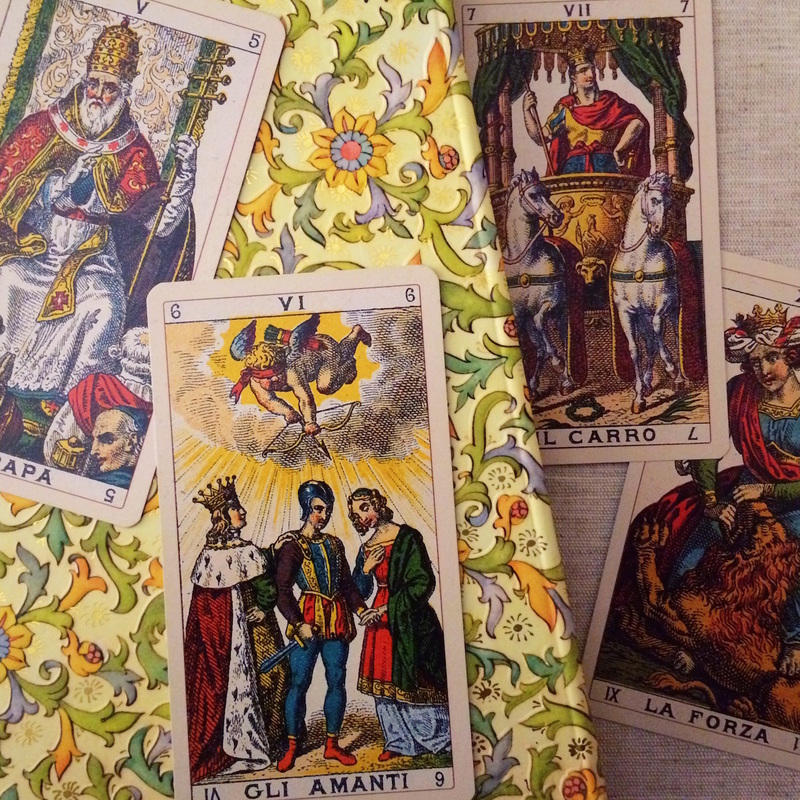
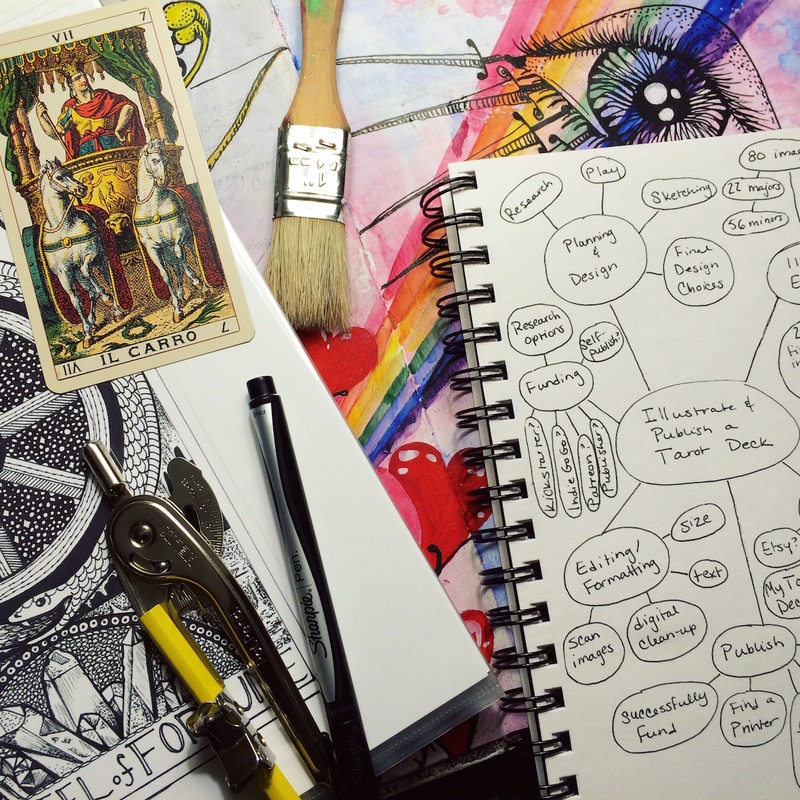

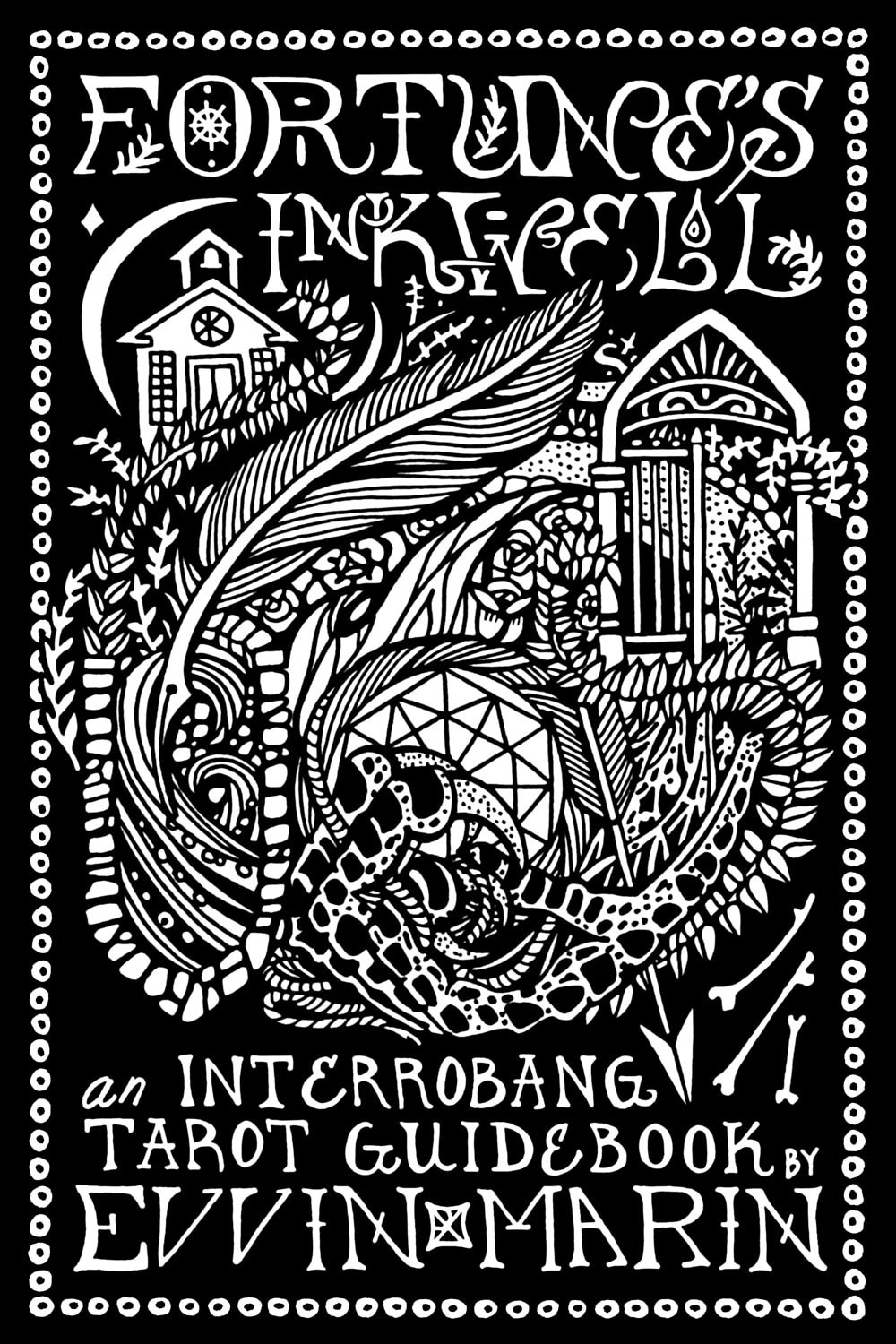
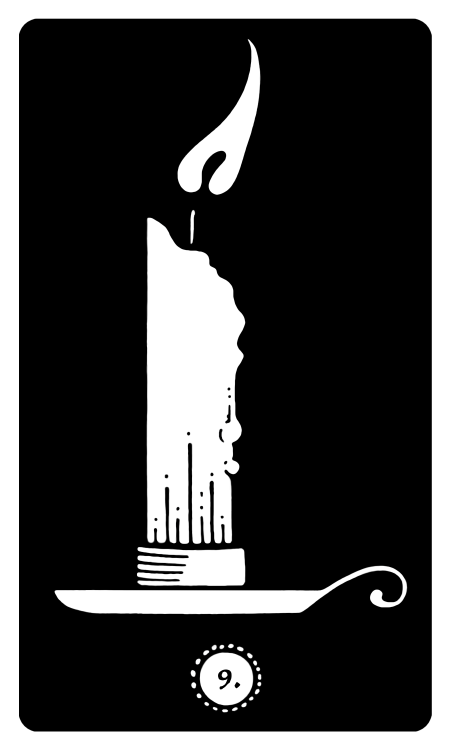
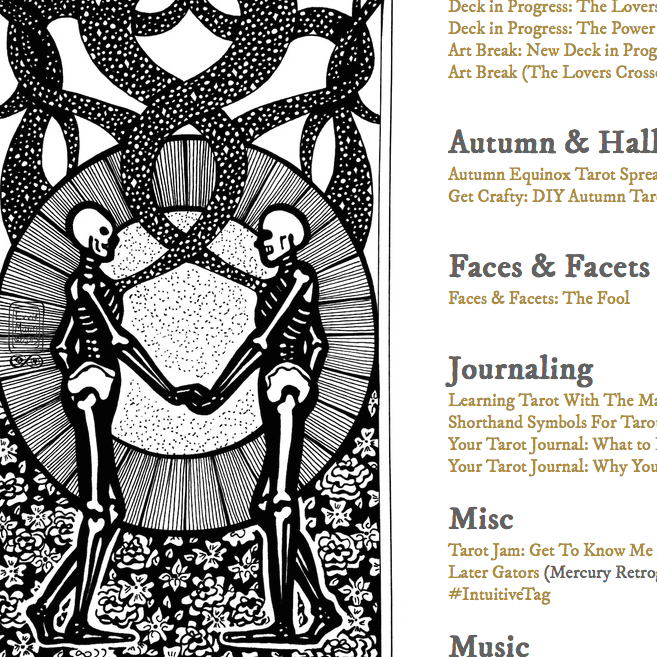
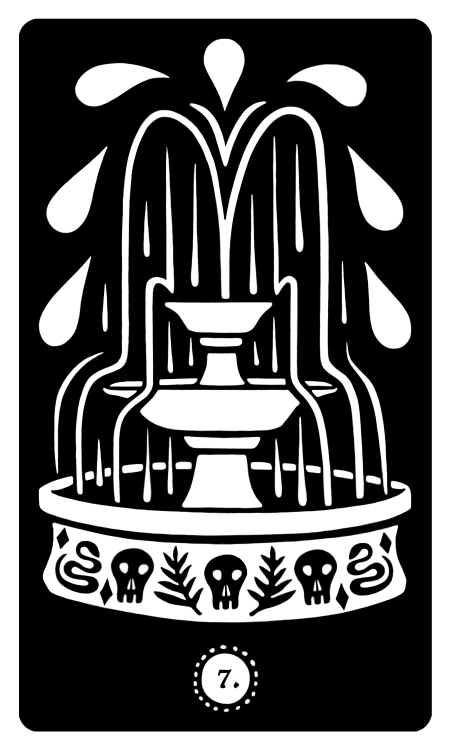
 RSS Feed
RSS Feed
